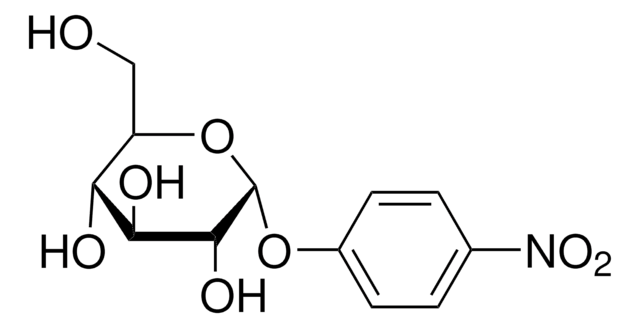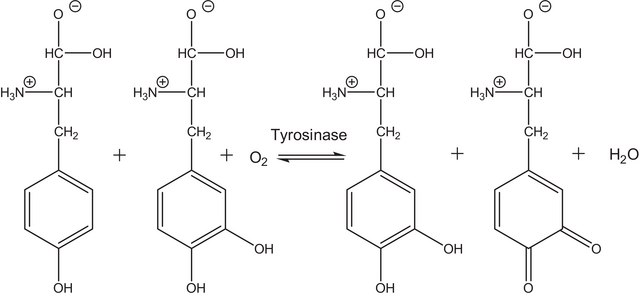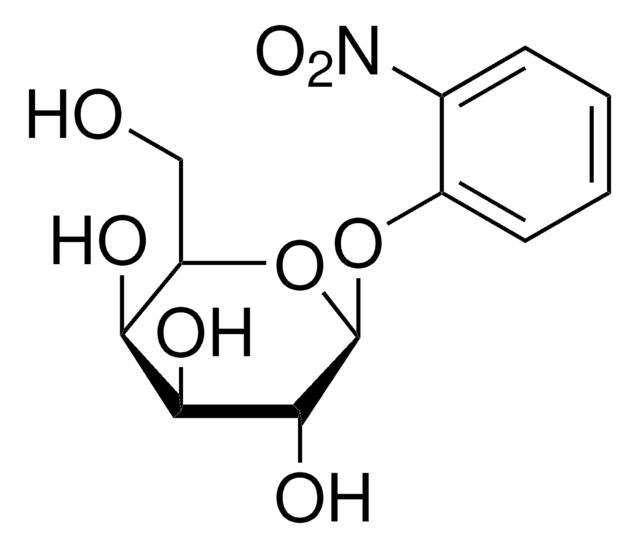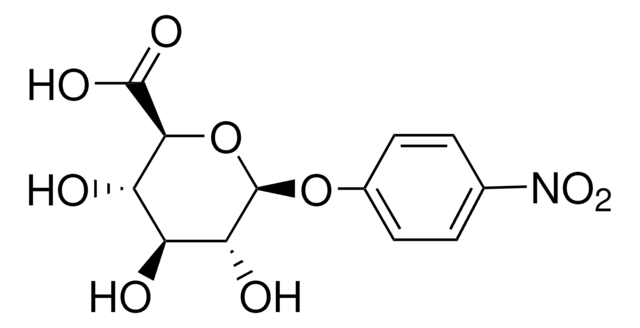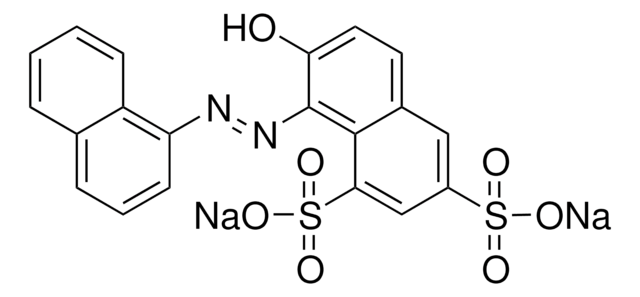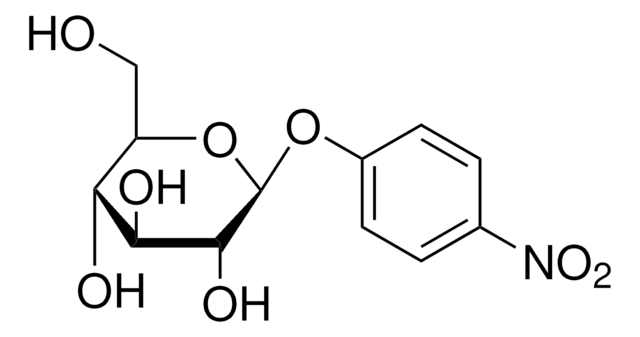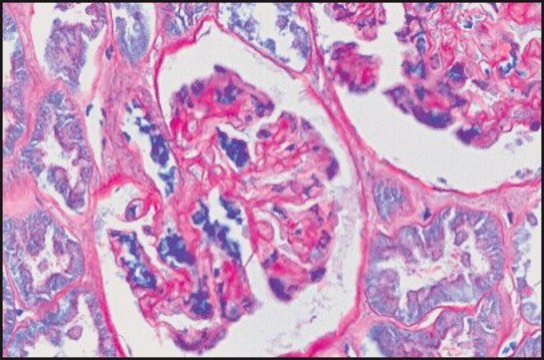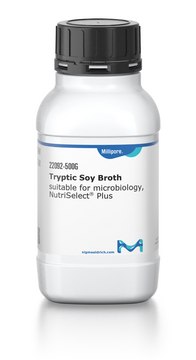All Photos(3)
Synonym(s):
α-p-Nitrophenylglycerol, 1-(4-Nitrophenyl)-1,2,3-propanetriol, PNPG
Linear Formula:
O2NC6H4CH(OH)CH(OH)CH2OH
CAS Number:
Molecular Weight:
213.19
EC Number:
MDL number:
UNSPSC Code:
12352100
PubChem Substance ID:
NACRES:
NA.22
Recommended Products
form
crystalline
Quality Level
color
off-white
mp
98-101 °C (lit.)
storage temp.
2-8°C
SMILES string
OCC(O)C(O)c1ccc(cc1)[N+]([O-])=O
InChI
1S/C9H11NO5/c11-5-8(12)9(13)6-1-3-7(4-2-6)10(14)15/h1-4,8-9,11-13H,5H2
InChI key
IUZVZBIQZKBWCC-UHFFFAOYSA-N
Looking for similar products? Visit Product Comparison Guide
Related Categories
Application
1-(4-Nitrophenyl)glycerol may be used as a linear small saccharide model in studies involving the molecular recognition mechanism between a synthetic glycophane receptor and carbohydrates in water.
Useful additive for controlling swarming of Proteus bacteria on culture media.
WGK
WGK 3
Flash Point(F)
Not applicable
Flash Point(C)
Not applicable
Personal Protective Equipment
dust mask type N95 (US), Eyeshields, Gloves
Certificates of Analysis (COA)
Search for Certificates of Analysis (COA) by entering the products Lot/Batch Number. Lot and Batch Numbers can be found on a product’s label following the words ‘Lot’ or ‘Batch’.
Already Own This Product?
Find documentation for the products that you have recently purchased in the Document Library.
Williams, F.
Abstracts Society for Microbiology (1969)
Molecular recognition of carbohydrates using a synthetic receptor. A model system to understand the stereoselectivity of a carbohydrate-carbohydrate interaction in water.
Jimenez-Barbero J
Journal of the American Chemical Society, 117(45), 11198-11204 (1995)
R Kopp et al.
Applied microbiology, 14(6), 873-878 (1966-11-01)
The effects of sodium tetradecyl sulfate (STS), beta-phenethyl alcohol (PEA), and p-nitrophenylglycerol (PNPG) on motility, swarming, flagellation, and growth of Proteus were examined. Growth-inhibitory concentrations (GIC) and swarming-inhibitory concentrations (SIC) were determined. A characterization of the swarming-inhibitory efficacy of these
Our team of scientists has experience in all areas of research including Life Science, Material Science, Chemical Synthesis, Chromatography, Analytical and many others.
Contact Technical Service
